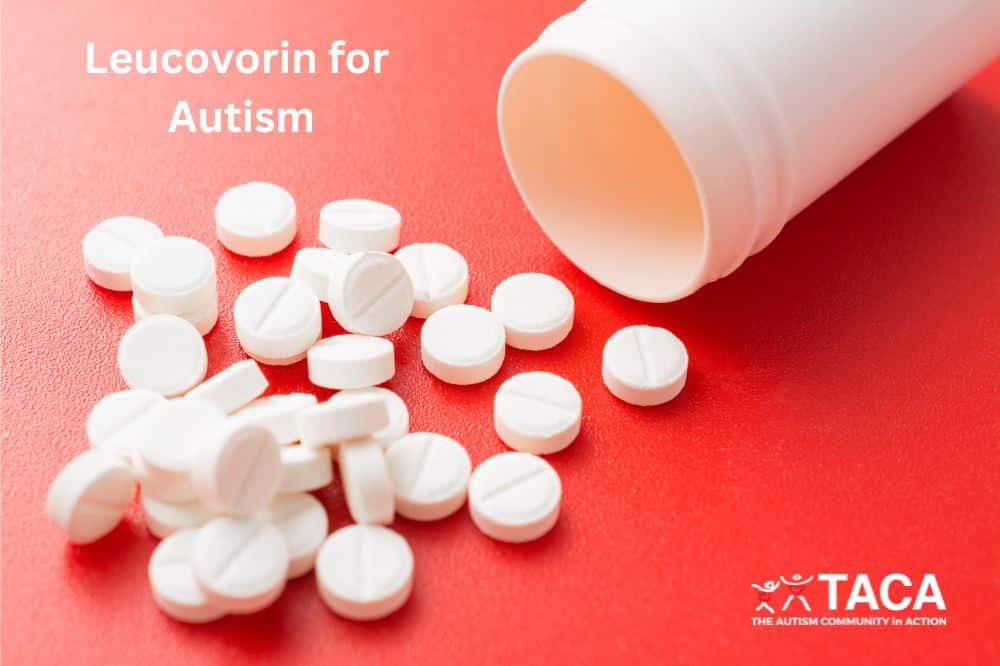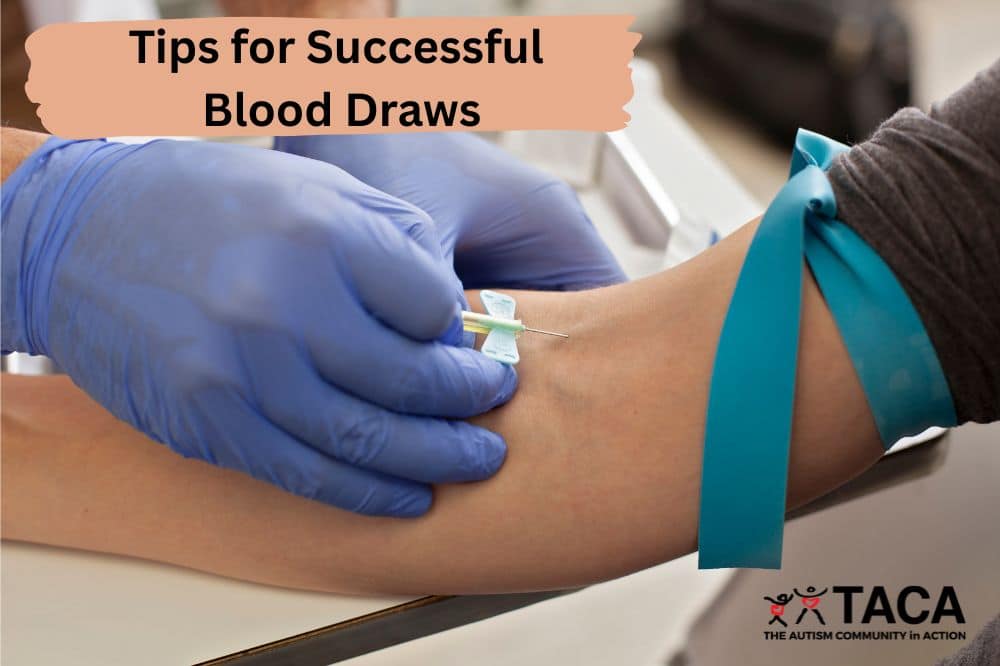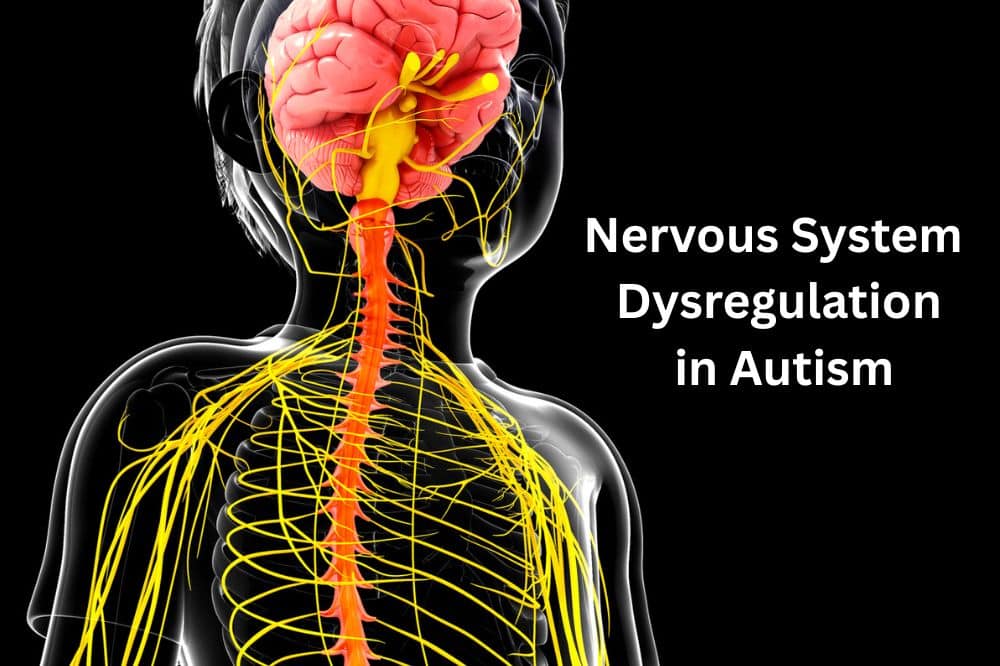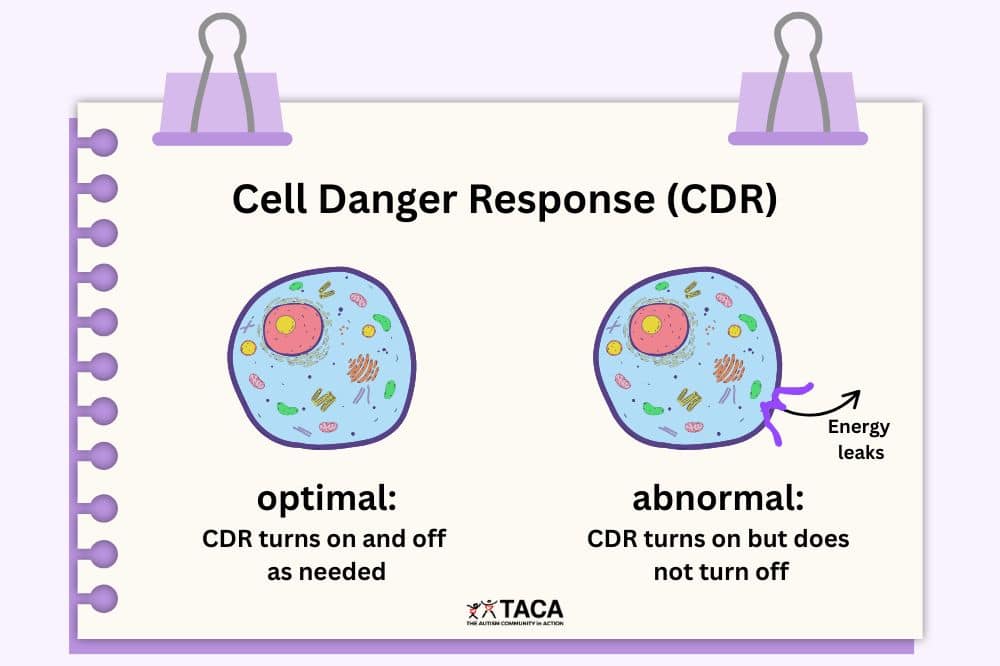Puberty
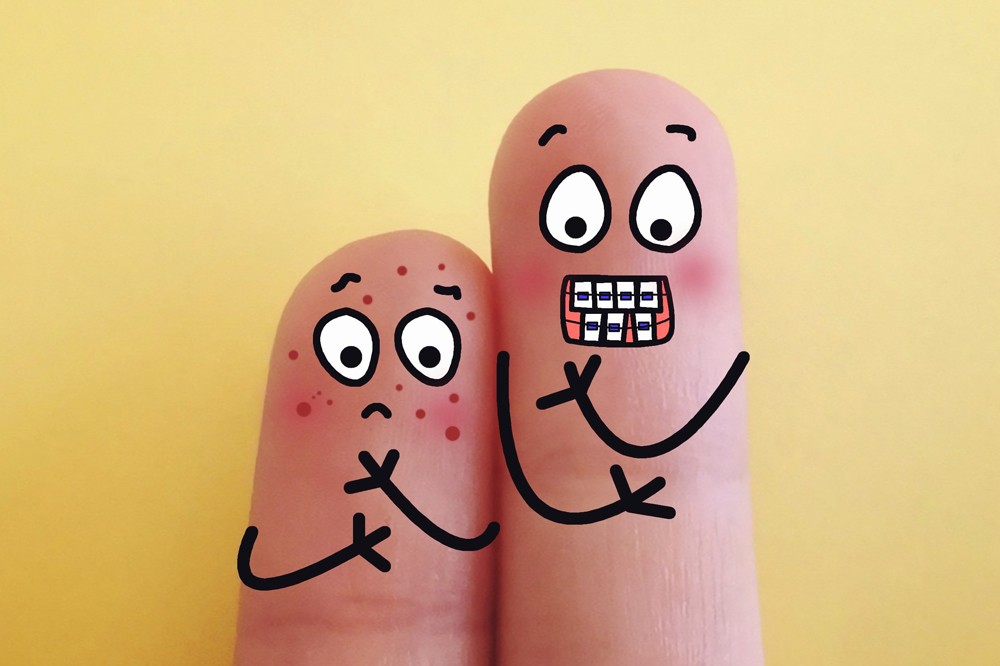
All contents of this resource were created for informational purposes only and are not intended to be a substitute for professional advice, diagnosis, or treatment. Always seek the advice of your physician, therapist, or other qualified health providers with any questions or concerns you may have.
Puberty can be daunting for any teen. Physical changes, rapidly changing hormones, new routines for hygiene, and mood swings place added stress onto our teens with autism. Developmental delays only compound the hardship parents face when helping their child navigate adolescence. It is important to start preparing yourself and your child for these changes prior to the onset of puberty. Here we offer suggestions for dealing with hygiene, mood swings, sexuality, and seizures.
Hygiene
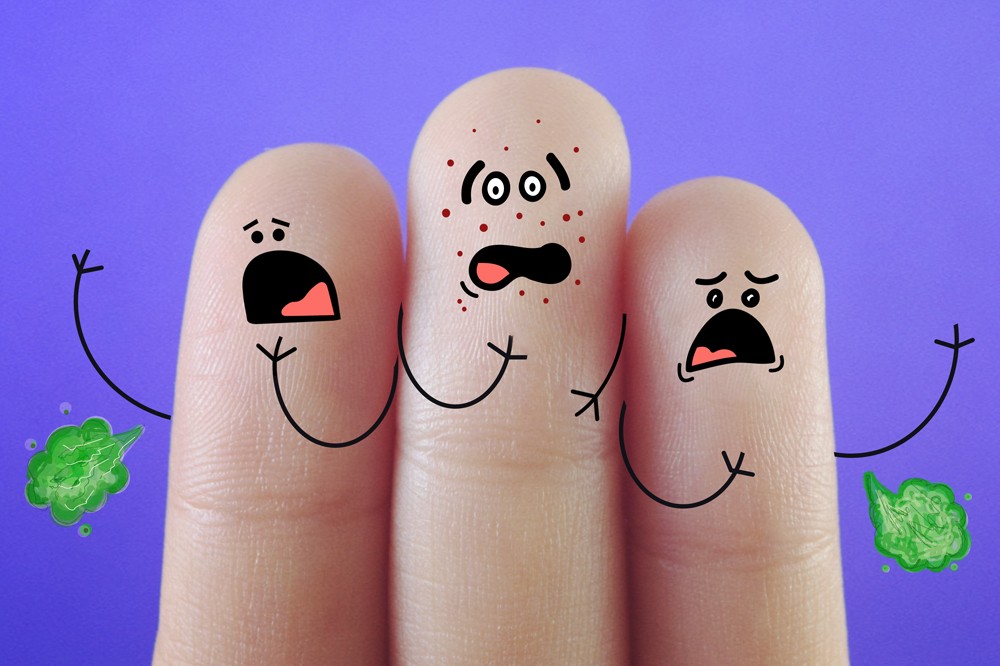
Physical maturation, body hair, acne, and body odor require a change in long-established hygiene routines. Social Stories, role modeling, physical and verbal prompts, video modeling, and visual schedules are strategies you can use to help your child transition into more rigorous personal hygiene habits.
Shaving
- Shaving is not mandatory for any person. It is a personal choice.
- Beards can be itchy causing sensory issues. Your child may prefer to be clean shaven.
- Work with your occupational or behavior therapist when teaching shaving skills.
- Conventional razors are sharp and can cause cuts and injury. It is advised to begin with an electric razor.
- Purchase an electric razor to help your child get used to the vibration and sound it makes.
- Allow your child to hold the razor with the cover on to feel the vibrations.
- Incrementally build up to touching the skin your child wants to shave while the razor is still covered.
- When your child is ready, remove the cover of the razor and shave.
- Please consider the following regarding hair removal creams and waxes:
- Creams contain strong chemicals that can cause burns, rashes, or other inflammatory reactions.
- Read product labels and check for chemical toxicity.
- The Environmental Working Group analyzes and rates products for safety.
- Waxing is painful and may not be ideal for a child with autism.
- Creams contain strong chemicals that can cause burns, rashes, or other inflammatory reactions.
Deodorant
- Choose an aluminum-free deodorant.
- Anti-perspirants contain aluminum salts because they clog pores and cause the skin to swell slightly, minimizing sweat leaving the body.
- Sweating is a good thing as it keeps the body cool and eliminates toxins.
- Research is mixed whether there are health effects specifically from using anti-perspirants containing aluminum salts. However, aluminum is a known neurotoxin. Read studies on aluminum toxicity here and here.
- Some brands of deodorant are artificially scented causing allergy reactions and behavior problems in children with autism.
- Read product labels to avoid toxic ingredients.
- Environmental Working Group rates these products for safety
- Baking soda is a common ingredient in natural deodorants, but it can cause an itchy or painful rash in some people.
- Experiment with different types of deodorant such as solids, gels, sprays, or wipes to find the best fit for your child.
Acne
- The liver helps the body remove excess hormones produced during puberty that can result in acne. Supplements that can help are Omega3s, magnesium, and B vitamins.
- Remove food allergens and sensitivities as they can contribute to inflammation and skin issues.
- Sometimes this step alone will clear up any acne the child is dealing with.
- Increased oil production and hormones during puberty can cause clogged pores leading to acne.
- Washing your face can be difficult for people with sensory issues or for those who get anxious when they get water on their face or in their eyes.
- Using a washcloth, help your child practice washing their face with only water.
- When your child feels comfortable with their face being wet, add in a safe facewash if there is still a need for one after practicing with only water.
- Experiment with different face wipes and cleansing cloths to determine which is the best fit for your child.
- Read product labels on face washes and topical acne creams. They contain chemicals that are absorbed into the skin.
- Environmental Working Group rates these products for safety.
- Natural treatments for acne include witch hazel, aloe vera, diluted tea tree oil, or diluted apple cider vinegar applied topically.
- Consult with your physician if acne persists and you want to explore prescription medications.
Mood Swings
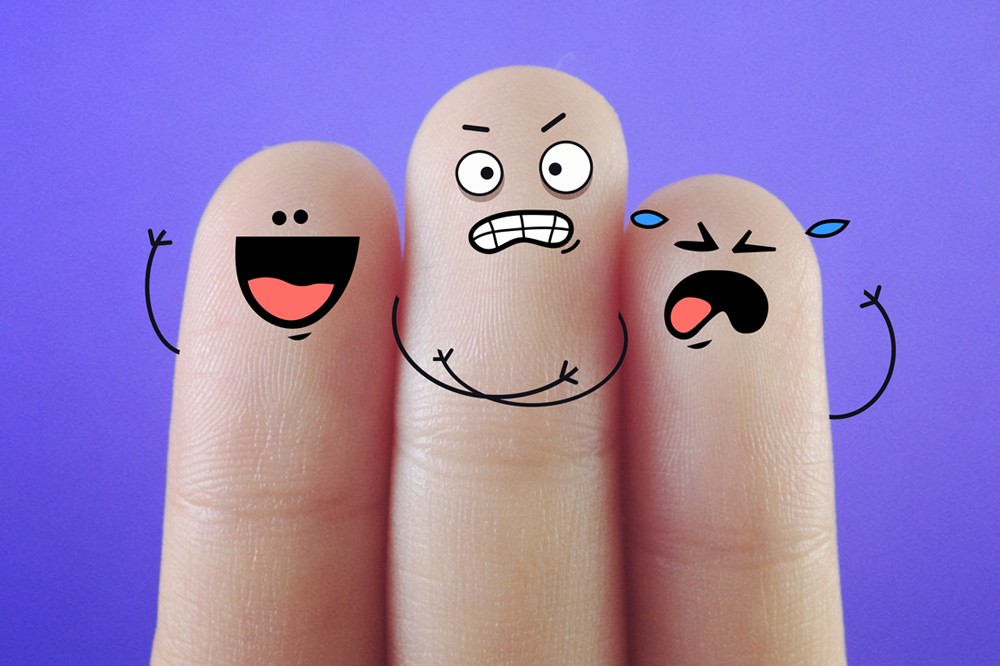
Mood swings are synonymous with puberty. Teens can experience intense feelings of sadness, anger, anxiety, depression, or irritability without fully understanding why. In children with autism, this can manifest as aggressive or self-injurious behaviors.
- Start teaching self-regulation skills at a young age.
- Exercise is a known mood regulator. Make sure your child is getting daily exercise.
- Total cholesterol levels lower during puberty. This can result in psychiatric symptoms including depression, anxiety, and aggression.
- Rapid growth spurts are taxing to your child’s mitochondria and can cause fatigue and irritability. Work with your child’s doctor to create a plan for mitochondrial support.
- Read more about autism and mitochondrial functioning.
- With so many new changes and challenges during puberty, your child’s anxiety can grow. You can read more about managing anxiety in TACA’s article on the topic found here.
Sexuality
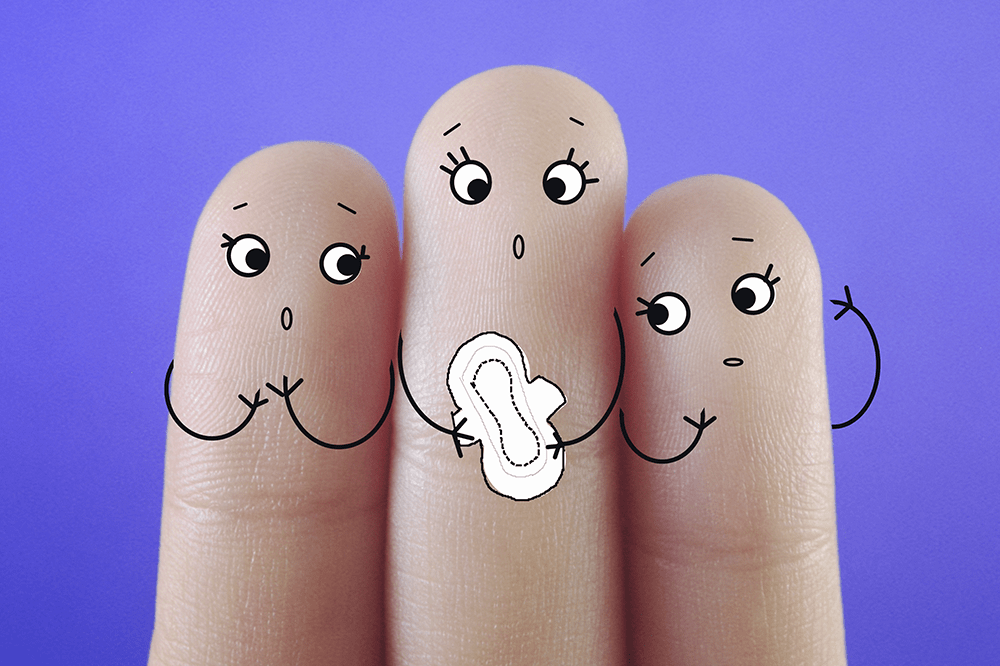
Adolescence is a time of sexual maturation and development. It is important for families to proactively support and teach their child how to appropriately manage sexual urges despite it being an uncomfortable conversation topic for some parents.
Menstruation
- Menstruation typically starts when a child is 11-14 years old.
- Begin discussing and sharing information about menstruation with your child one to two years before you anticipate the onset.
- Take your child into the bathroom with you to let them watch you handle menstrual hygiene.
- Have your child practice wearing a pad and disposing of it properly.
- Using a sharpie, color in the area in the underwear where the pad should go.
- Here is a free Social Story download about menstruation.
- Use positive language about menstruation. Phrases such as “the curse” or “code red” can instill fear and anxiety and should be avoided.
- Trial different types of menstrual products such as pads, period underwear, or even pull-ups.
- Tampons and menstrual cups, while good choices for many people, may be difficult for your child to use independently.
- Read the labels on menstrual products. Some products are treated with chemicals that may cause irritation or other issues. Organic options are available.
- Set a schedule for changing soiled menstrual products with your child and help your child practice following the schedule before their first menstrual cycle.
- Inform appropriate school staff (teachers, school nurse, assistant) when your child is menstruating for guidance on how to support your child.
- This may include reminders to change pads, increased awareness of PMS symptoms and how to treat, and keeping extra clothes at school in case of a soiling accident.
- Communicating PMS symptoms to parents may be difficult for some children, especially when these symptoms are new. Watch for changes in your child’s behavior that may indicate a need for PMS relief such as a heating pad or ibuprofen.
- Blood sugar naturally lowers during the menstrual cycle. Increase your child’s protein intake to stabilize blood sugar.
- Consult a doctor if your child’s periods are excessively heavy, long, or are accompanied by severe PMS symptoms.
Erections and Nocturnal Emissions
- Spontaneous erections and nocturnal emissions, commonly referred to as “wet dreams”, are a normal part of sexual development.
- Erections and wet dreams can be a source of sensory sensitivity, anxiety due to lack of control, embarrassment, and confusion.
- Prior to the onset of puberty, begin talking about erections and wet dreams with your child.
- Here is a free Social Story download about erections and wet dreams.
- Use positive language so that your child learns that this is normal and not shameful.
- Teach strategies for dealing with spontaneous erections.
- Teach your child to cover their lap with something like a jacket or book.
- Encourage your child to wear jeans since they conceal erections better than athletic wear or sweatpants.
- Sensory defensiveness is common with jeans, and buttons and zippers require fine motor skills. Practice wearing jeans prior to puberty.
- Purchase shirts that fall below the waist to help conceal an erection.
- Trial different styles of underwear. Briefs can be tight and cause discomfort during an erection. Loose boxer shorts may be a better option.
- Nocturnal emissions feel wet and sticky and may make them think that they have wet the bed.
- Talk to your child about wet dreams before they begin.
- Teach your child how to respond after a wet dream occurs (i.e. change into clean pajamas, put dirty clothes and sheets in laundry, shower in the morning, etc.)
- A visual reminder or checklist can be kept in the bedroom or bathroom as a reminder.
Masturbation
- What may look like masturbation may actually be a fungal overgrowth causing itchiness and burning. Read more about yeast overgrowth and how to treat here.
- Elevated histamine levels in the blood can increase masturbation. Check out TACA’s blog on histamine here.
- Parents should remain calm and not shame their child for masturbating.
- Labeling masturbation as “bad” could lead your child to hide their masturbation at home and start masturbating in inappropriate places like school or the bus.
- Due to the private nature of masturbation, it is important to set clear boundaries for your child.
- Define appropriate place, time, and hygiene
- Here are a couple of Social Stories about masturbation:
- Teach your child that masturbation should only occur in their bedroom with the door closed.
- Avoid teaching your child that masturbation should occur in a bathroom at home because the child may conclude that masturbation in any bathroom is acceptable including public restrooms.
- Teach your child to appropriately clean themselves and wash their hands after masturbating.
- Consult with your child’s occupational therapist or behavior therapist to create a management plan if excessive masturbation is due to self-stimulatory behavior.
Attraction and Crushes
Adolescence is when people typically begin to take romantic interest in others. Teens with autism are no different.
- Crushes and romantic relationships involve a great deal of social competence and nonverbal cues that can be difficult to interpret.
- Keep an open dialogue with your child about any romantic interests they may develop.
- Discuss healthy relationships with your child and role play appropriate interactions.
- Consent and sexual education should be taught to all children from a young age.
- Consent means that one person has given permission to be touched by another person:
- Teach your child that “No” means no.
- Understanding and practicing consent keeps your child aware and safer from others.
- Teaching consent also keeps your child from violating another person’s personal space.
- For more information about teaching consent, see TACA’s article Risk Reduction Strategies for Physical and Sexual Abuse.
- Consent means that one person has given permission to be touched by another person:
- Rejection from a romantic interest is a normal part of life. Talk with your child about their feelings and how to appropriately respond to rejection.
Seizures
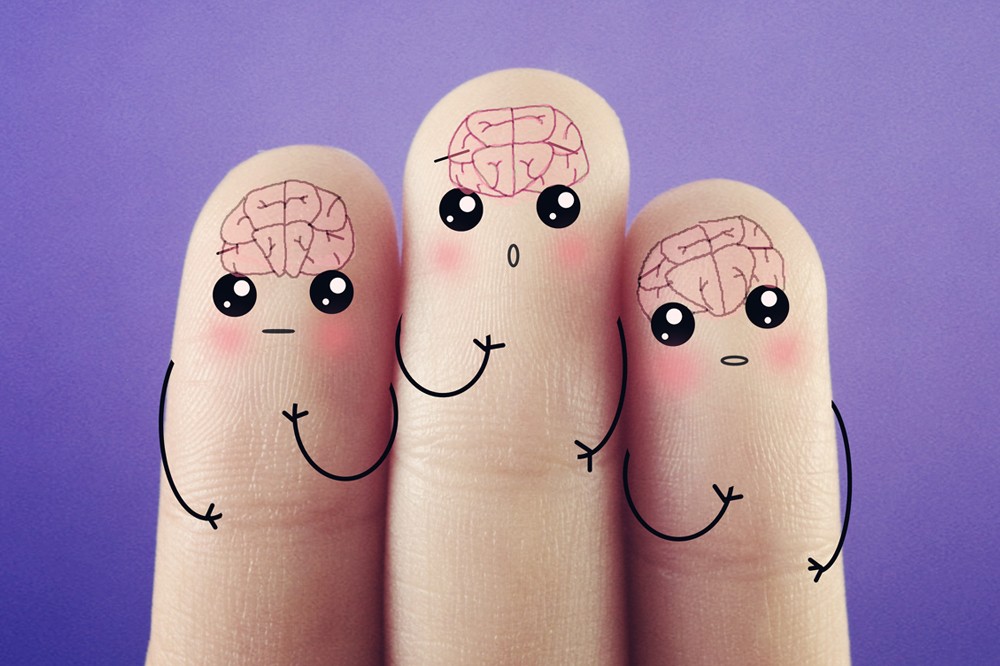
One in four individuals with autism have seizures. There is an increase in prevalence of seizures around puberty, jumping from 12% of people with autism in infancy to 26% in adolescence. While research is not clear on why this increase occurs, doctors theorize that it may be due to hormonal shifts and/or Cerebral Folate Deficiency.
If you believe your child is having seizures, make an appointment with a neurologist.
- An electroencephalogram (EEG) is a test used to measure the electrical activity of the brain.
- Request that your child receive a 24-48 hour EEG recording electrical activity both when sleeping and awake.
- Discuss with your neurologist both prescription medications and non-pharmacologic treatment options such as ketogenic diet, CBD or Vagus nerve stimulation.
Learn more from TACA’s article about Seizures.
Conclusion
Puberty and adolescence are a complicated developmental stage that all humans experience. Parents of children with autism need to be proactive in preparing their child for a multitude of changes. To make this tumultuous time a bit easier, focus on teaching your child the new skills and routines they need to succeed before they are needed and maintain open communication.
Additional Resources
- Sex Ed for Self-Advocates Guide from Organization for Autism Research (OAR)
Recommended Books:
- Taking Care of Myself: A Hygiene, Puberty, and Personal Curriculum for Young People with Autism by Mary Wrobel
- The Care and Keeping of You: The Body Book for Younger Girls (American Girls Library) by Valorie Schaefer and Josee Masse
- Guy Stuff: The Body Book for Boys (American Girl) by Cara Natterson and Micah Player
- Girls Growing Up on the Autism Spectrum: What Parents and Professionals Should Know About the Pre-Teen and Teenage Years by Shana Nichols with Gina Moravcik and Samara Pulver Tetenbaum
- What’s Happening to Tom?: A book about puberty for boys and young men with autism and related conditions by Kate E. Reynolds
- The Autism-Friendly Guide to Periods by Robyn Steward

